I love Italian food, don’t you? There’s something about the rich flavors and aromas of pasta, pizza, and lasagna that makes me drool. But what makes Italian food so delicious? Well, one of the secrets is the seasoning. A good Italian seasoning can make or break a dish. It adds depth, complexity, and a touch of spice to any recipe.
You might think that Italian seasoning is something you can only buy at the store, but that’s not true. You can actually make your own Italian seasoning at home, and it’s super easy! All you need are some dried herbs and spices that you probably already have in your pantry. Plus, making your own seasoning allows you to customize it to your taste and preferences. You can add more or less of any ingredient, or even throw in some extras for a unique twist.
How I Discovered the Italian herbs
You might wonder how I came up with the idea of making my own Italian seasoning from scratch. Well, it all started when I ran out of the store-bought stuff in the middle of cooking dinner. As I was making a simple tomato sauce for spaghetti, I realized I had no Italian seasoning left. What a disaster! But then I decided to improvise. From my spice rack, I grabbed some dried basil, oregano, thyme, rosemary, marjoram, parsley, and red pepper flakes and tossed them into a small bowl. A quick stir and a sniff later, they smelled amazing! Into my sauce went some of the mixture, and I tasted it. Wow! It was so much better than the store-bought seasoning. It had more flavor, more freshness, and more kick.
I was hooked. From then on, I decided to make a bigger batch of my homemade Italian seasoning and store it in a glass jar for future use. I also experimented with adding some garlic powder for extra zing. My homemade seasoning became my secret weapon for everything: soups, stews, marinades, salads, dips, breads, you name it. It was a game-changer for my cooking.
How to Make Homemade Italian Seasoning
If you want to try making your own Italian seasoning at home, here’s what you’ll need:
– 2 tablespoons dried basil, dried oregano, dried thyme, dried rosemary, dried marjoram, dried parsley
– 1 teaspoon red pepper flakes, garlic powder (optional)
The process is simple: just combine all the ingredients in a food processor or a mortar and pestle and blend until you reach your desired consistency. You can also just mix them by hand in a bowl if you don’t mind some larger pieces of herbs. Transfer the seasoning to a glass jar with a tight lid and store it in a cool, dark place for up to 6 months.
How to Use Homemade Italian Seasoning
That’s it! You’ve just made your own Italian seasoning from scratch. Now you can use it to spice up your favorite dishes and impress your family and friends with your culinary skills. Trust me, once you try homemade Italian seasoning, you’ll never go back to the store-bought stuff again. It’s that good!
Here are some ideas on how to use your homemade Italian seasoning:
– Sprinkle it over pizza dough before adding toppings
– Add it to meatballs or meatloaf for extra flavor
– Mix it with olive oil and vinegar for a simple salad dressing
– Stir it into ricotta cheese for a delicious filling for lasagna or stuffed shells
– Rub it onto chicken breasts or thighs before baking or grilling
– Sprinkle it over roasted vegetables or potatoes
– Add it to soups like minestrone or tomato basil
– Use it as a dip for breadsticks or crackers
The possibilities are endless! Try it today! 🍝🍕🧄
Steps
|
1
Done
5 min
|
Measure and Combine the Herbs and SpicesThe first step to make your own Italian seasoning from scratch is to measure and combine the herbs and spices in a small bowl. You can use a measuring spoon or just eyeball the amounts. If you have whole dried herbs, such as rosemary or thyme, you may want to crush them slightly with your fingers or a spoon to release their flavor and aroma. Alternatively, you can use a spice grinder or a mortar and pestle to grind them into a finer powder. Mix the herbs and spices well with a fork or a whisk until they are evenly distributed. You should have about half a cup of seasoning |
|
2
Done
5 min
|
Transfer the Seasoning to a Glass JarThe next step is to transfer the seasoning to a glass jar with a tight-fitting lid. You can use any clean and dry glass jar that has enough capacity for the seasoning. A mason jar or a spice jar would work well. To transfer the seasoning, you can use a funnel or a spoon to avoid spilling. Make sure to pack the seasoning tightly into the jar and leave no air gaps. This will help preserve its freshness and flavor. |
|
3
Done
5 min
|
Label and Store the SeasoningThe third step is to label and store the seasoning in a cool, dark, and dry place. You can use a permanent marker or a sticker to write the name and date of the seasoning on the jar. This will help you remember what it is and when you made it. You can store the seasoning in your pantry, cupboard, or spice rack for up to six months. Avoid exposing it to heat, light, or moisture, as these can degrade its quality and potency. |
|
4
Done
varies
|
Use the Seasoning as DesiredThe final step is to use the seasoning as desired in your favorite recipes. You can use it as a rub for meats, poultry, or fish before grilling, baking, or roasting. You can also add it to sauces, soups, stews, casseroles, dips, dressings, marinades, or breads for extra flavor. A general rule of thumb is to use one teaspoon of seasoning per pound of meat or four servings of vegetables. You can also experiment with different combinations and ratios of herbs and spices to create your own unique blends. Have fun and enjoy your homemade Italian seasoning! |

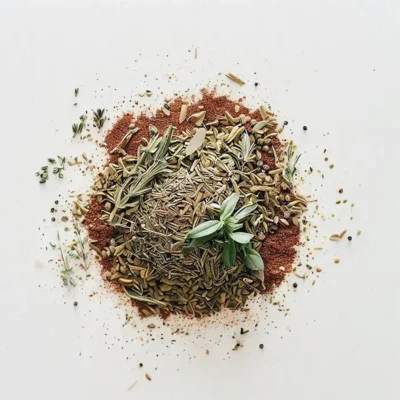
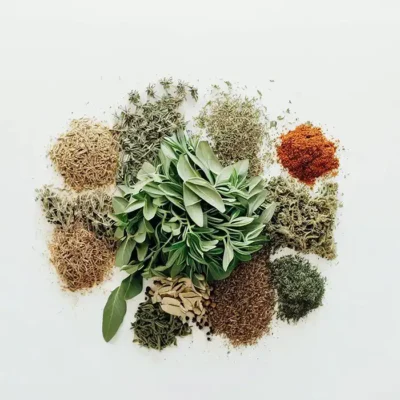
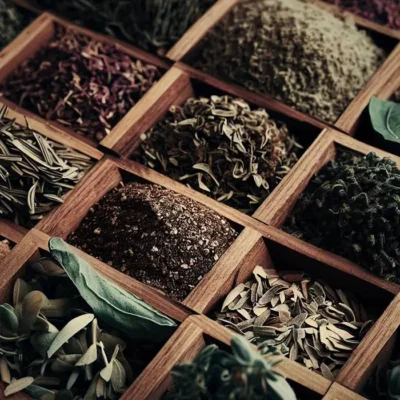
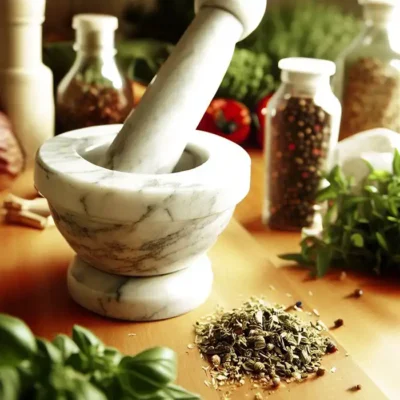
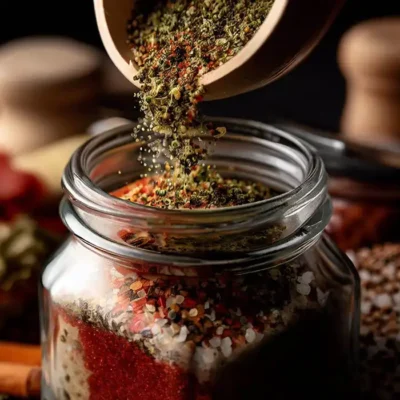
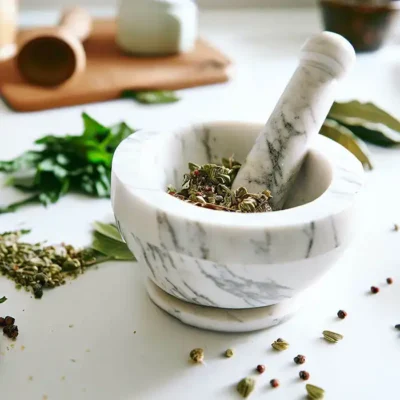
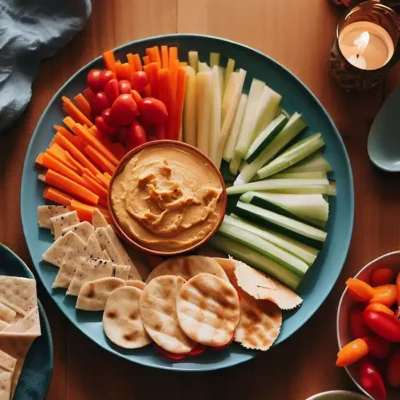
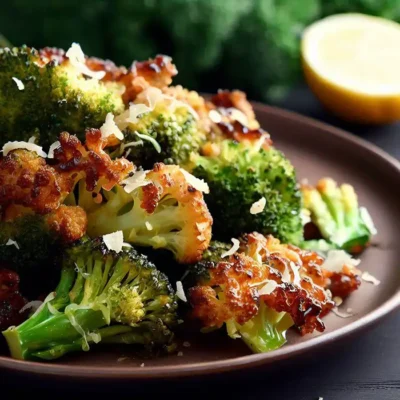
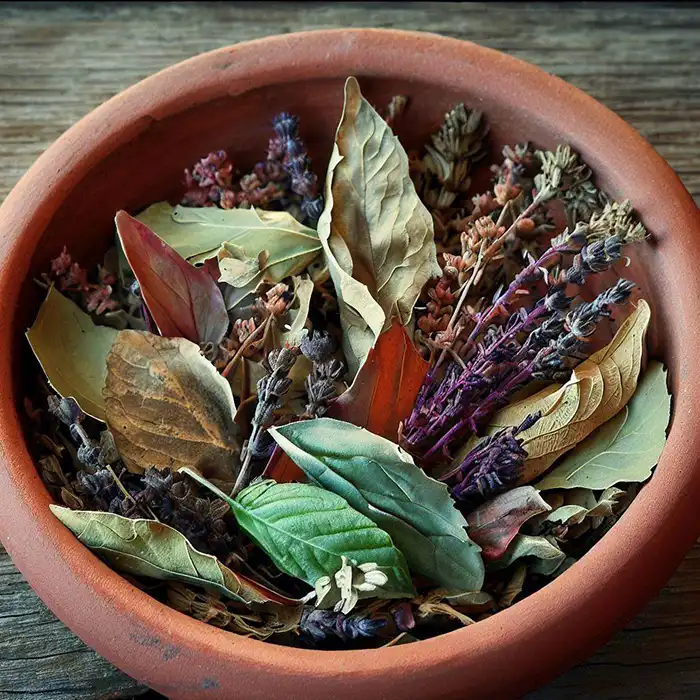
One Comment Hide Comments
This recipe is a real crowd-pleaser. Everyone loved it!